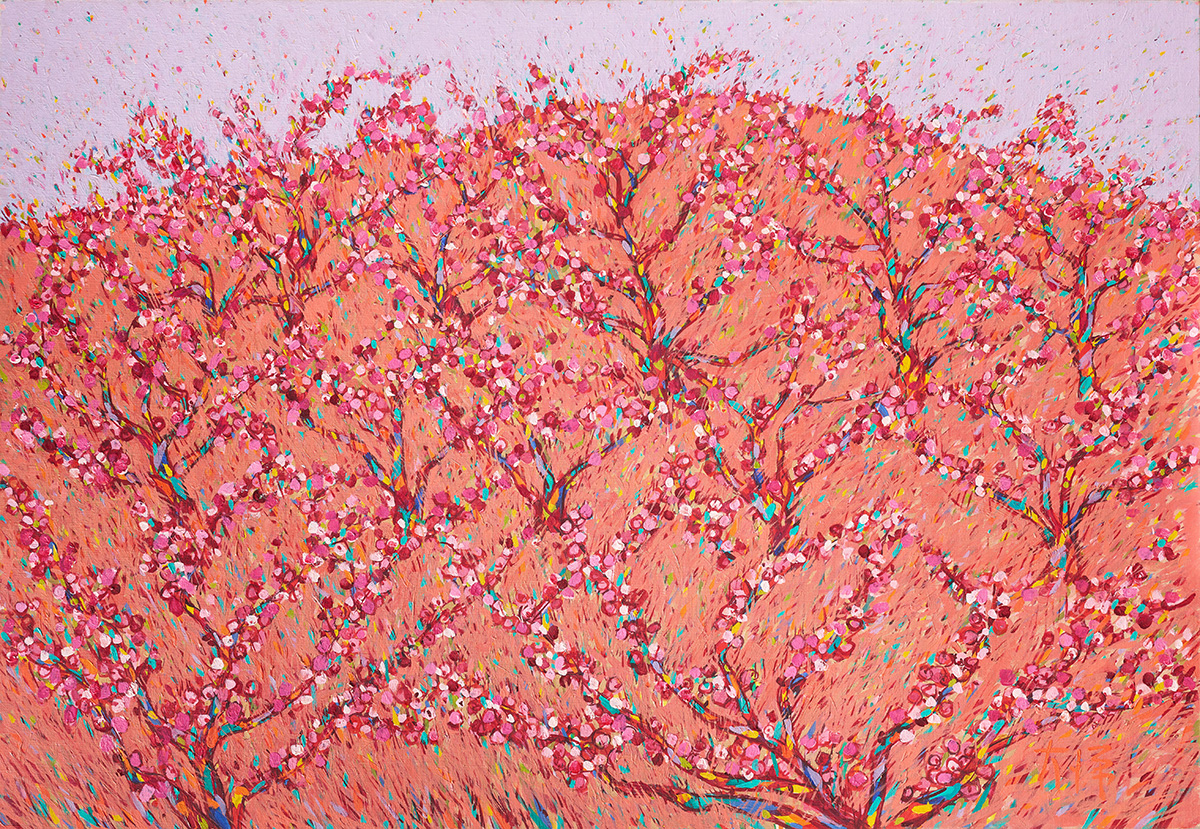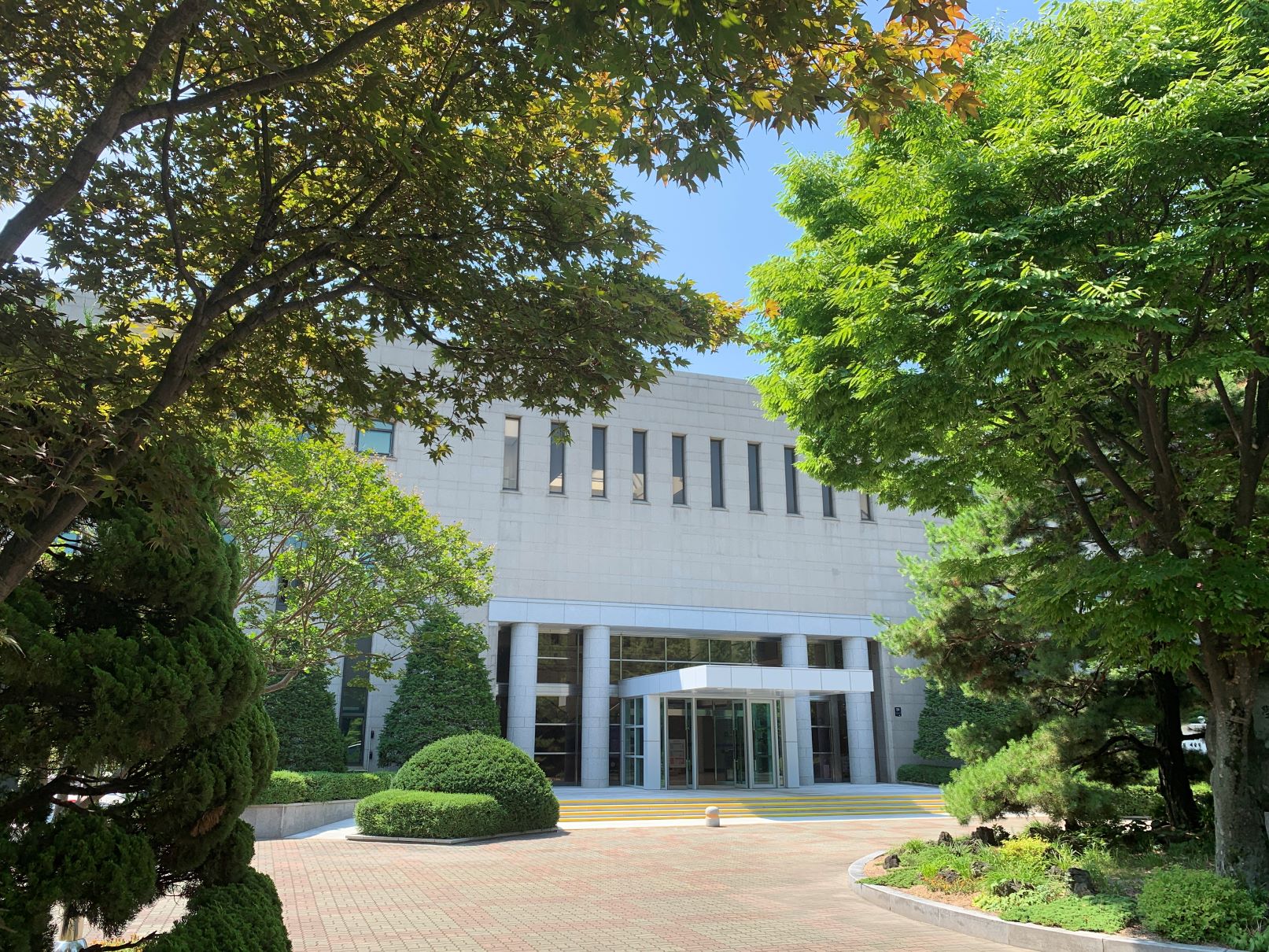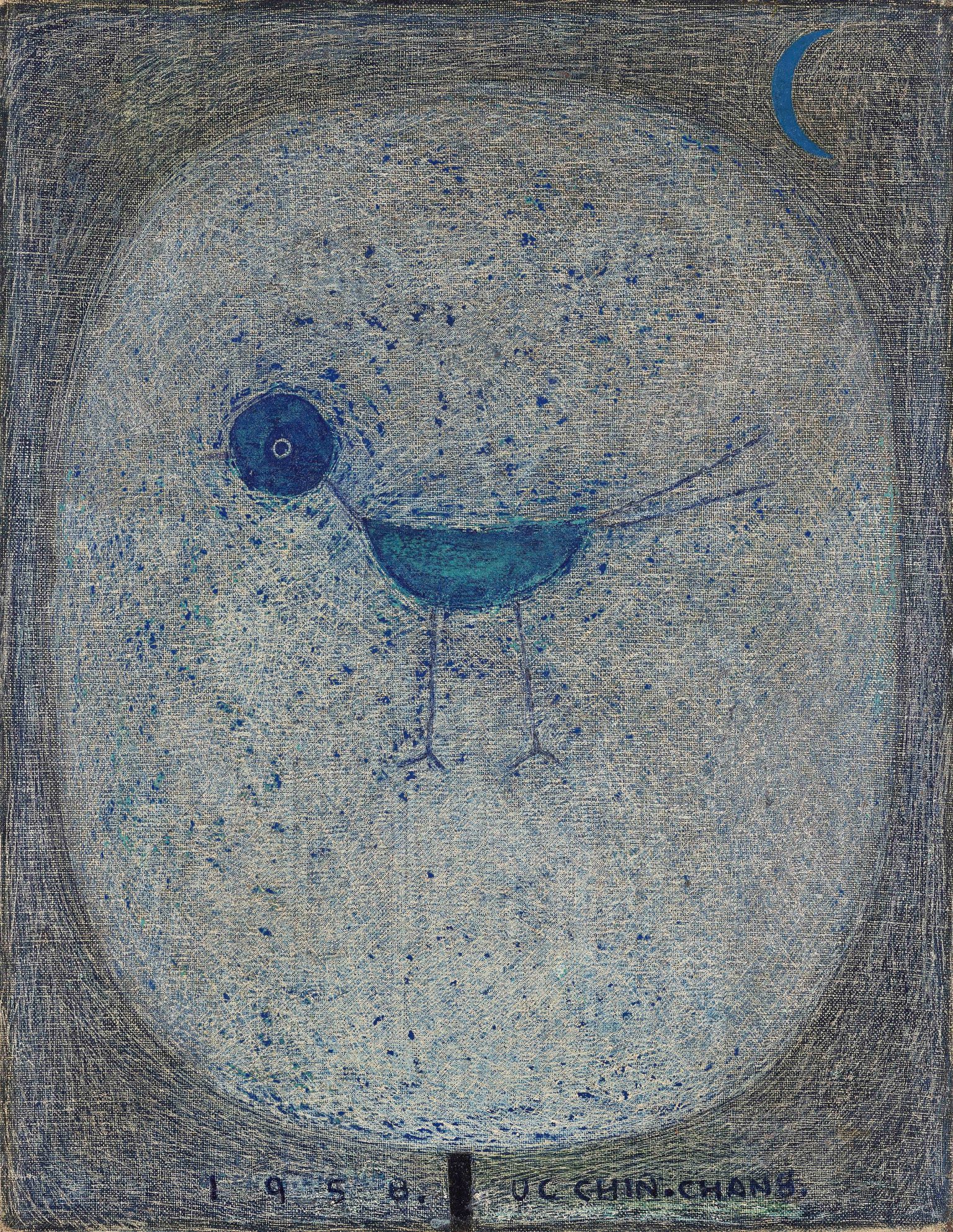
Lee Daiwon, Farm, 1983, Oil on canvas, 112×162cm. MMCA collection
Lee Daiwon
* Source: Multilingual Glossary of Korean Art. Korea Arts Management Service
Related
-

Bando Gallery
Korea’s first commercial gallery, which opened on the first floor of Bando Hotel in 1956. The interest of the wives of foreign dignitaries and businessmen led the establishment of the gallery, which was characterized by its joint establishment and management by both the government and the private sector. After the key managers returned to their countries of origin in 1957, the gallery operated with the support of the Asia foundation. In 1959, artist Lee Daiwon took over as manager, and the gallery developed into the only permanent exhibition space in Seoul. The emergence of numerous commercial galleries in Insa-dong during the 1970s resulted in the closure of Bando Gallery.
-

Department of Art at Hongik University
Established in 1949, the Department of Art at Hongik University consists of one art theory department and eleven practice-based departments, including painting, Oriental painting, printmaking, sculpture, woodworking and furniture design, metal art and design, ceramics and glass, textile art and fashion design, visual communication design, and industrial design. In 1955, it moved from Jongro-gu, Seoul to the current location in Sangsu-dong, Mapo-gu, Seoul. The history of the College of Fine Arts can be largely divided into the period of the Department of Fine Arts from 1949 through 1953, the period of the School of Fine Arts from 1954 through 1971, and the period of the College of Fine Arts from 1972 until now. In March 1953, the Department of Fine Arts produced the first six graduates, and in the following year the School of Fine Arts with three departments was established. In December 1971, it was upgraded to a college, which exists up to the present. Several exhibitions organized by its graduates are notable, including the Four Artists Exhibition held in 1956 as the first anti-National Art Exhibition (Daehanminguk misul jeollamhoe or Gukjeon) by the third and fourth classes of graduates and the Union Exhibition of Korean Young Artists held in 1967 by graduates from the 1960s as an effort to realize experimental art.
-

The National Academy of Arts, Republic of Korea
An organization established in July 1954 to support artists who have been recognized as making a significant contribution to the arts at a national level. The organization is also responsible for advising the government on policies for the advancement of the arts, supporting the creative endeavors of artists in general, engaging in international exchanges and exhibitions, and hosting events. The academy has four divisions: literature, art, music, and performing arts/film/dance. The current membership numbers at 100.
Find More
-

Chang Ucchin
Chang Ucchin (1917-1990) was a second son in Songyong-li, Yeongi-gun, Chungcheongnam-do. He graduated from the Department of Western Painting at Teikoku Art School in Tokyo from 1939 to 1944. After independence, he submitted his work to the New Realism Group Exhibition. He then taught as a professor at Seoul National University from 1954 to 1960 before retiring to focus on his art. Being away from the crowded city life of Seoul, he preferred to live alone in order to freely practice art in his studio. He had art studios in Deokso, Sooanbo, and Singal, and his transition through these sites is reflected in the changes in his style. His works dealing with traditional thatched houses, trees, figures in traditional clothing, and animals such as magpies, and dogs, show the humble and liberated life lost during the modernization of Korea. His thinly smeared and lightly colourful approach oil painting made great use of empty and marginal space, resulting in a unique manner heavily influenced by Buddhist and Taoist philosophies.
-

Lee Jungseop
Lee Jungseop (1916-1956, pen name Daehyang) was born in Pyongyang. He learned oil painting from Yim, Gilbert Pha at Osan School, Jeongju. He attended the Teikoku Art School in Japan in 1936 and moved to the Bunka Gakuen to learn oil painting in 1937. During his school years, he submitted his work to Japan Free Artists Association [Jiyū bijutsuka kyōkai] in 1938 and to the New Artists’ Association [Sin misulga hyeophoe] Exhibition. After his return to Korea in 1943, he was active in Wonsan and moved to South Korea with his family after the outbreak of the Korean War. He sought shelter in Busan and Seogwipo but had to send his Japanese wife and two sons back to Japan in June 1952 due to financial difficulties. He submitted work as a war correspondent painter. He orchestrated solo exhibitions in Tongyeong in 1953 and Midopa art gallery in Seoul and for the United States Information Service Center at Daegu in 1955. He died at a Red Cross hospital in 1956 after suffering from malnutrition and liver cirrhosis. His works, such as White Ox, illustrated local subject matter and family life with a simple touch, and one of his drawings on silver foil was purchased by the Museum of Modern Art in New York. A high-profile posthumous exhibition in 1972 at Hyundai Hwarang greatly increased the popularity of his work among the general public.
-

Park Sookeun
Park Sookeun (1914-1965) graduated from Yanggu Elementary School and was a self-taught artist. In 1932, he began his career when he was selected for the 11th Joseon Art Exhibition [Joseon misul jeollamhoe], an event which he would subsequently be chosen for eight times. He founded Juhohoe (1940-1944) in Pyongyang with Choi Youngrim and Chang Reesouk. His work earned a special award for the second National Art Exhibition (Gukjeon) in 1953 and he became a Noteworthy Artist at the National Art Exhibition in 1959 and a judge in 1962. Park Sookeun’s works in the 1940s portrayed the humble lives of Koreans or somewhat resigned scenes of everyday life. After the Korean War, he often used thick gray lines to draw such work, often featuring subjects such trees, girls, and women. His work utilized various techniques, such as the elimination of shadow, emphasized outlines, or thickly daubed colors applied with a granite-like finish. In the 1960s, his unique expressive technique developed further, and enabled him to subtly capture Korean sensibilities through scenes of the everyday lives of girls and mothers in Korea. Park Sookeun excelled in describing the lives and sensibilities of ordinary Koreans.






